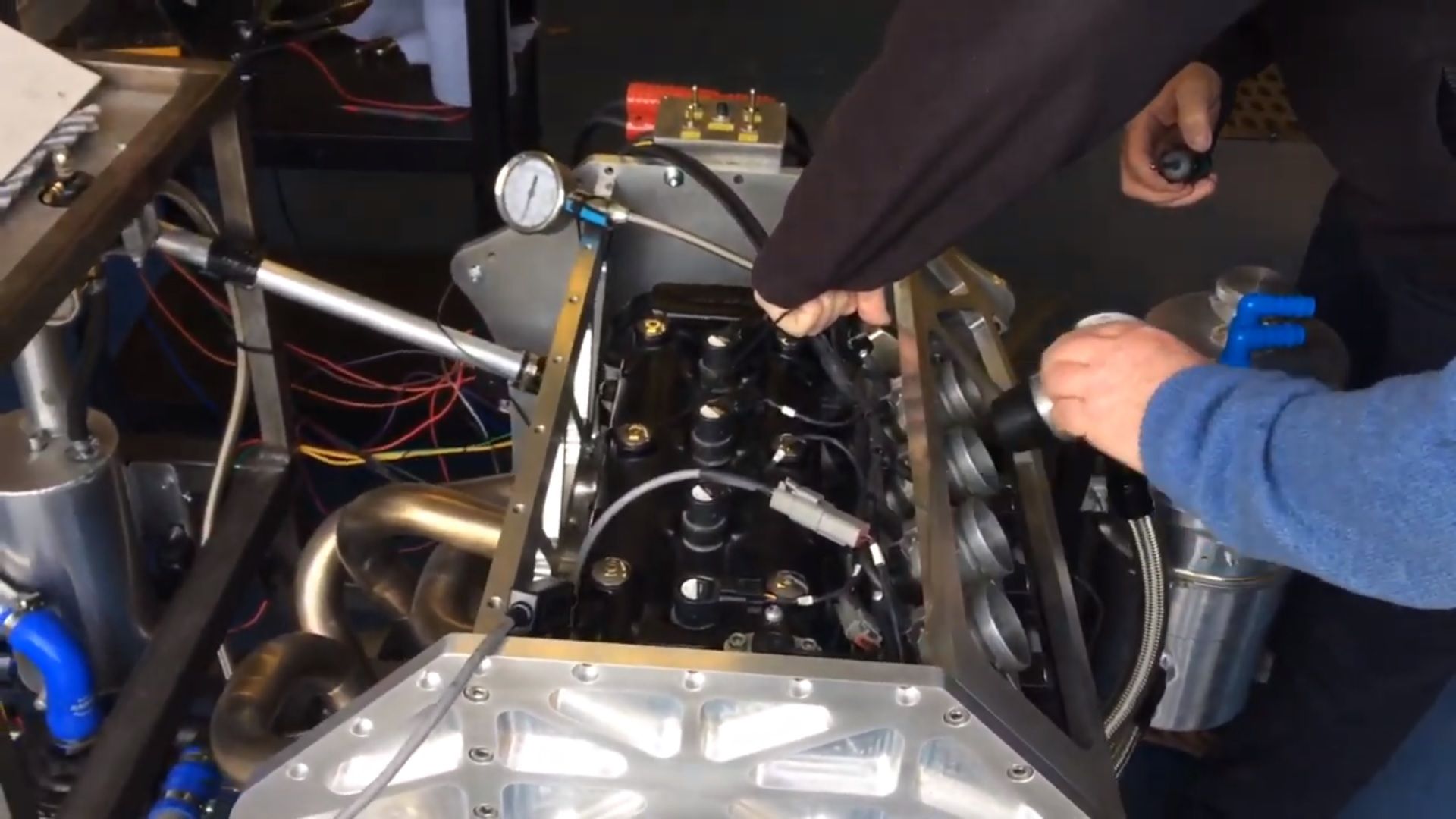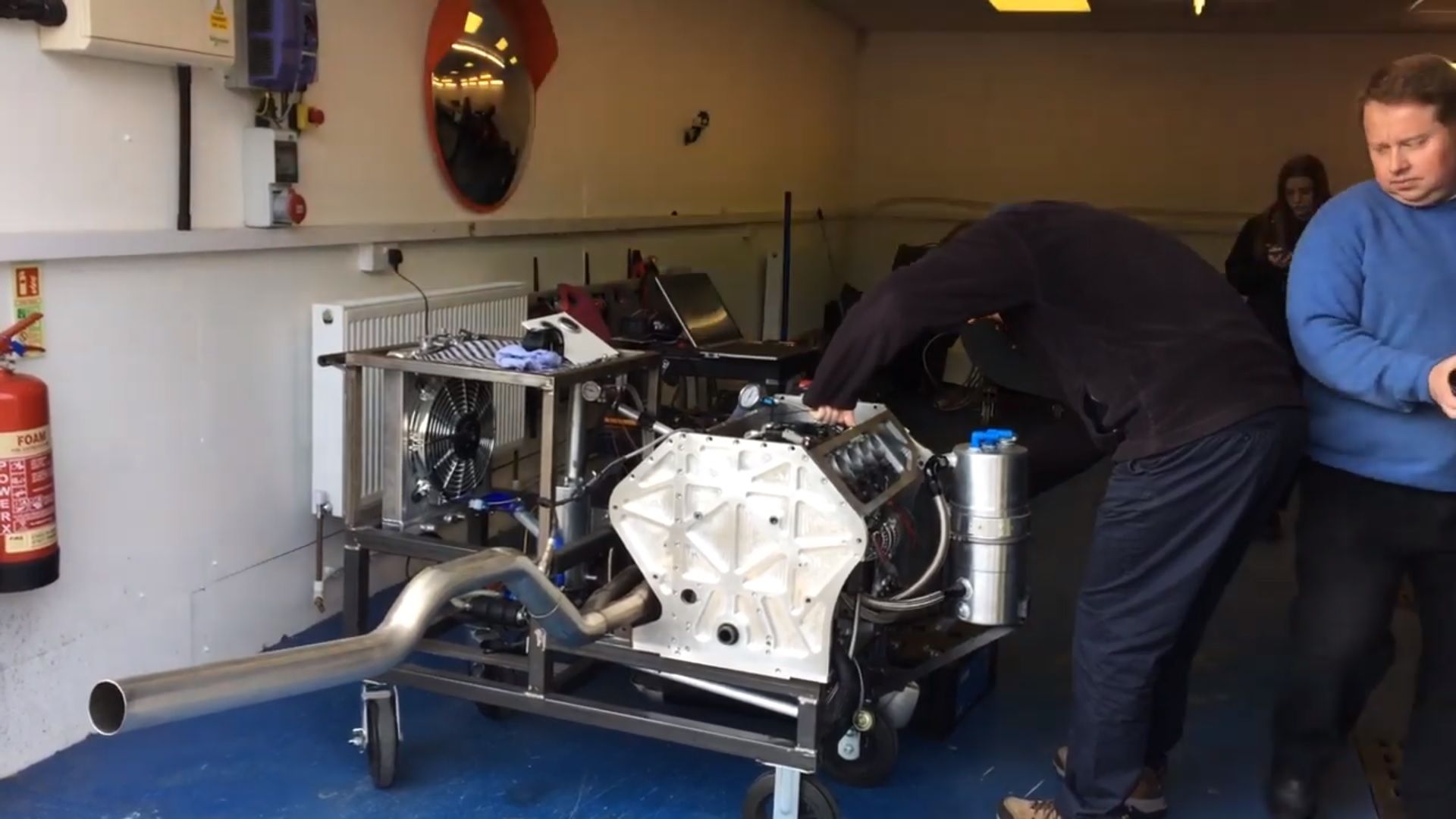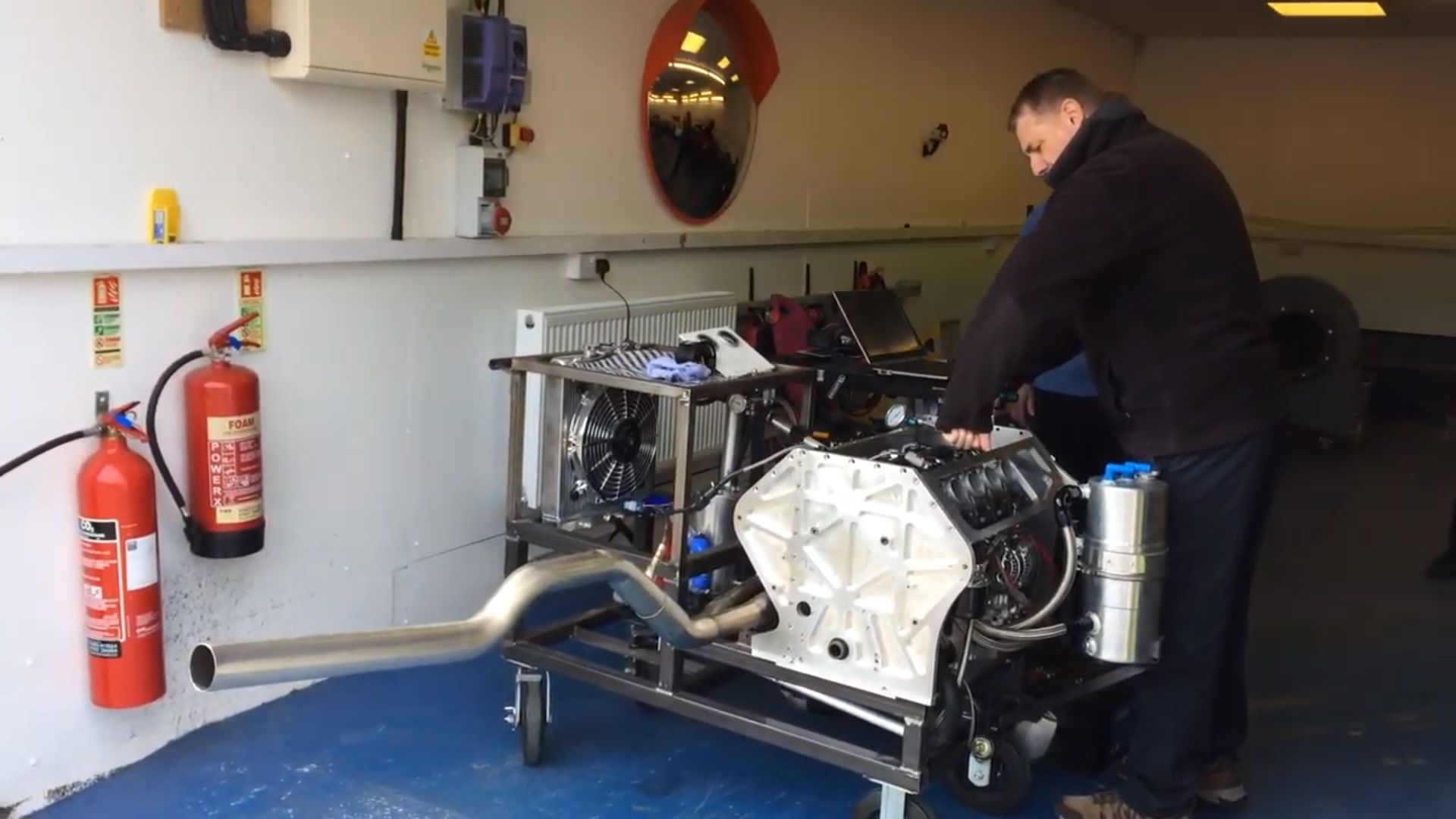Formula One engines are probably the most complicated engines in the automotive world. They have low displacements and high rotational speed, set up to run up to as much as 15,000 rpm. They’re also incredibly expensive to build: Formula One teams typically spend around $8 million on an F1 powertrain.
All this isn’t surprising. What is surprising, on the other hand, is how someone managed to recreate the sound of a Formula One engine from the confines of his garage.
Why does a Formula One engine make that crackling sound?
The short and simple answer is that Formula One engines don’t have silencers and/or mufflers. Putting a muffler in an F1 car not only cuts down the noise coming from the engine, but more importantly, it drops the amount of power the engine generates. That trickles down to the car’s overall performance capabilities, which is hampered severely by the presence of a muffler in the exhaust system.
This is relevant when you watch the video above. You’ll notice the extended exhaust pipe sticking out from the engine and yet, the unit is making the same crackling noise as a Formula One car that’s running on idle.
Is it easy to build a homemade Formula One engine?
No, it’s not easy to build an F1 engine, at least if you want to build one that’s close to a real F1 engine. First, you’re going to have to spend millions to get the necessary parts to build one. Second, you need the mechanical genius and know-how to assemble the said Formula One-like engine at home. It’s not something that you can just search on Google and expect to understand in a day’s time.
So how did this man succeed in building a Formula One engine?
To be clear, he didn’t build a Formula One engine. He built an engine that could simulate the noise of a Formula One engine. There’s a big difference there. He also didn’t have to spend a lot of money on the project since a lot of the parts that he used appear to have been used at some point in the past. Give him credit, though, for understanding the nuances of building an engine that could recreate the crackling noise of a real F1 engine that’s ready to be unleashed on a race track.



